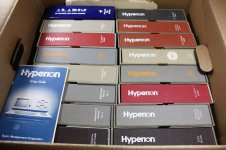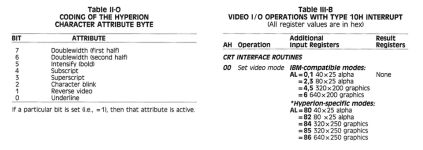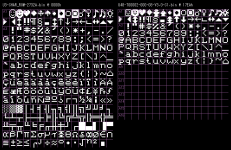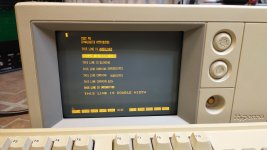Eudimorphodon
Veteran Member
It's definitely glued together. Perhaps one day I will open it up but it will likely crack the case so that's why I have not done so.
FWIW, looking at the technical manual for the system there's pinout for the "EX connector" on the back, and it looks like it's a mostly complete subset of the ISA bus signals. I don't see any deal-breakers for banging together a simple SRAM-based memory expansion. The "only" confusing part is the meaning/use of the "EX PORT 213H". Basically the Hyperion appears to have a subset of the interface card IBM used to talk to the 5161 expansion chassis in front of that bus connector, and it's not entirely clear how that's decoded/used to read the memory size switches in the expansion chassis (or if that's strictly necessary to make it work), and/or if there's some kind of "presence detect" that needs to be fulfilled.
The pinout doesn't seem to have an obvious "this being grounded means the chassis is present" line, nor one to indicate a configuration read operation. I wonder if it expects you to decode port 213h in anything that plugs into this slot and pass through the switch/jumper state(*), or if that might be "optional" and a RAM-only expansion can get away with just decoding the port like it would a normal bus. I guess, just for laughs... if you have a working Hyperion, does reading port 213h with an "IN" command return a different value depending on if the memory expansion is plugged in or not?
(* The expansion module "plug and play" of the IBM Convertible actually works something like this. It's kind of insidious because IBM implemented it by putting a proprietary custom chip in every peripheral. It's not that complicated, you could mostly fake it it with a GAL, but it's still gross.)




